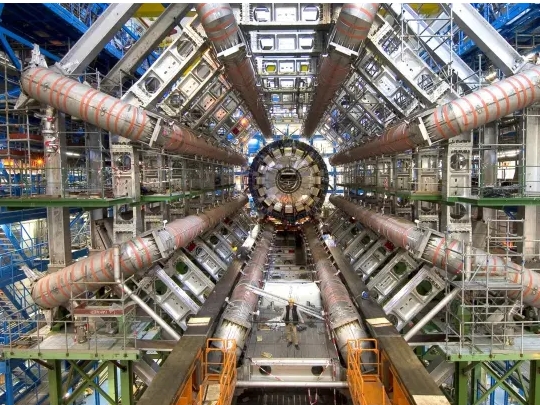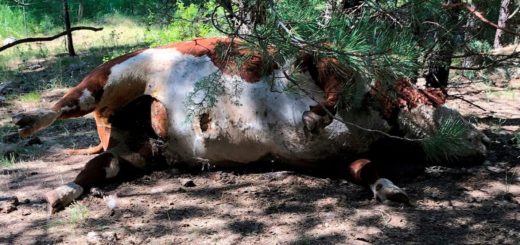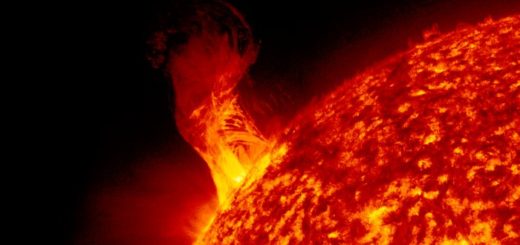‘DOOMSDAY SCENARIO’ Earth ‘could shrink to size of two footie pitches if black hole experiments go wrong’ at Large Hadron Collider, astronomer warns

A TOP scientist has claimed the Earth could shrink to the size of two football pitches if black hole experiments go wrong.
Professor Lord Martin Rees has said a ‘doomsday scenario’ could see our planet reduced to 330ft across if particle accelerator experiments mess up.
The respected astronomer made the outlandish warning in his new book ‘ On The Future: Prospects for Humanity’.
The Large Hadron Collider has already helped with breakthroughs in our understanding of the universe.
But the particle accelerator, which shoots them at incredibly high speeds and smashes them together, also carry a high risk according to Rees.
The Telegraph reports how Rees also claims “a black hole could form, and then suck in everything around it”.
Lord Rees added: “The second scary possibility is that the quarks would reassemble themselves into compressed objects called strangelets.
“That in itself would be harmless. However under some hypotheses a strangelet could, by contagion, convert anything else it encounters into a new form of matter, transforming the entire earth in a hyperdense sphere about one hundred metres across.”
A third danger is that the particle accelerators could destroy the Earth by a ‘catastrophe that engulfs space itself’, according to the scientist.
But the Large Hadron Collider Safety Assessment Group says that a catastrophe is very unlikely to happen.
“The LCH Safety Assessment Group (LSAG) reaffirms and extends the conclusions of the 2003 report that LHC collisions present no danger and that there are no reasons for concern.
“Whatever the LHC will do, nature has already done many times over during the lifetime of the Earth and other astronomical bodies.”
Basically, particle colliders are throwing together particles in a way that could happen out in the real world.
We use colliders because they allow us to measure and examine the collisions in a controlled and scientific way – which is much more difficult with random real-world particle movements.
So any risk of a strangelet-related catastrophe destroying Earth could just as potentially happen in nature, too – although it’s extremely unlikely.
Importantly, there’s been no evidence of strangelets in Earth’s colliders yet, either – as the LHC notes.
“Could strangelets coalesce with ordinary matter and change it to strange matter? This question was first raised before the start up of the Relativistic Heavy Ion Collider, RHIC, in 2000 in the United States,” the LHC explained.
“A study at the time showed that there was no cause for concern, and RHIC has now run for eight years, searching for strangelets without detecting any.”



 Creators of mankind
Creators of mankind Description of “Tall white aliens”
Description of “Tall white aliens” Where they came from?
Where they came from? About hostile civilizations
About hostile civilizations The war for the Earth
The war for the Earth “Tall white aliens” about eternal life
“Tall white aliens” about eternal life Video: “Nordic aliens”
Video: “Nordic aliens” Aliens
Aliens Alien encounters
Alien encounters The aliens base
The aliens base UFO
UFO Technology UFO
Technology UFO Underground civilization
Underground civilization Ancient alien artifacts
Ancient alien artifacts Military and UFO
Military and UFO Mysteries and hypotheses
Mysteries and hypotheses Scientific facts
Scientific facts


















